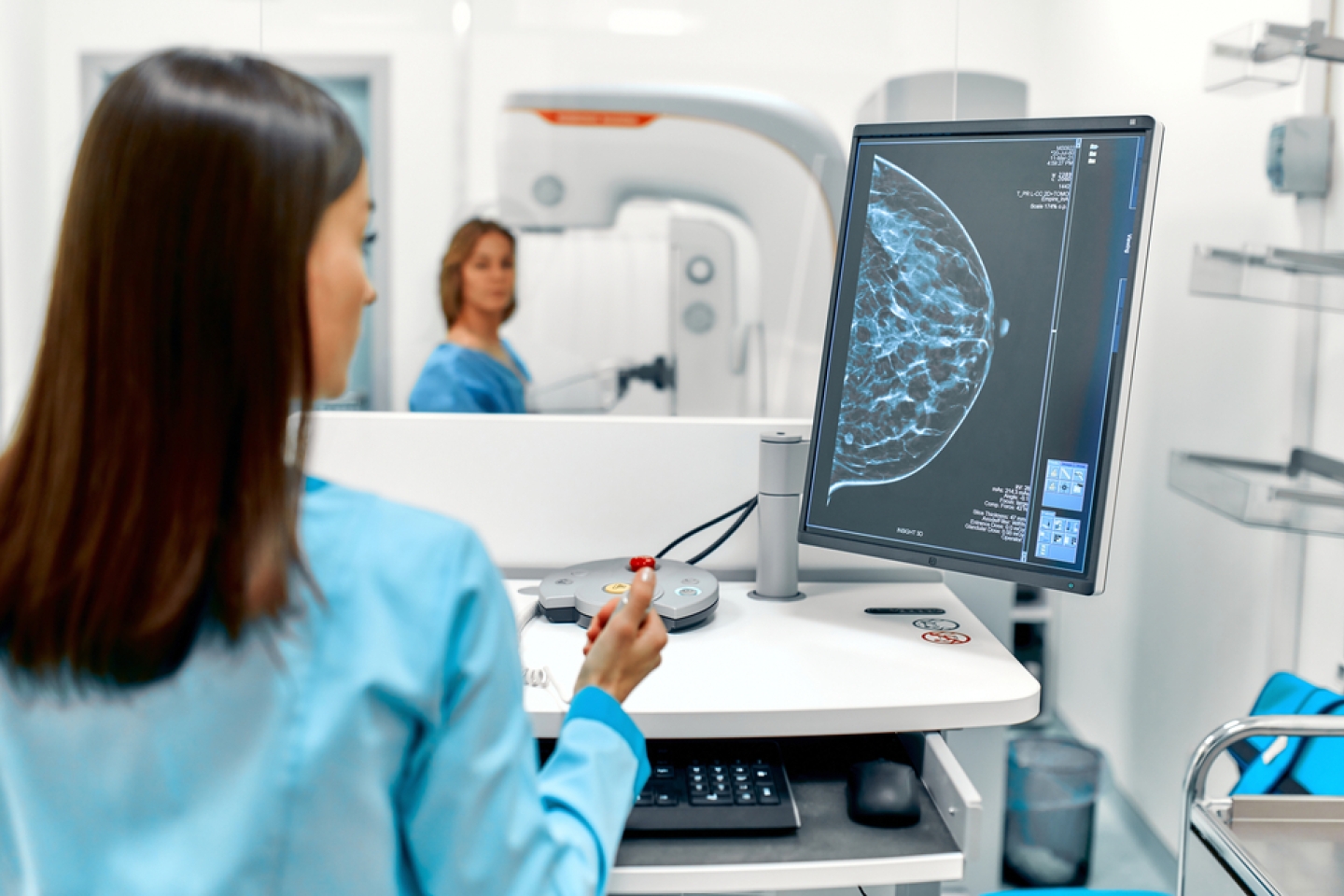
You scheduled your first breast cancer screening, then you learned some exciting news. You’re expecting a new little one! You may be wondering whether to have your mammogram during pregnancy or to wait until you’ve settled into life with your new baby.
“More women are having children later in life, which increases the risk of breast cancer,” says Dr. Georges Sylvestre, maternal and fetal medicine specialist at Weill Cornell Medicine. “So, if a 42-year-old woman walks into my office with a high risk of breast cancer and never had a mammogram, I’ll discuss the possibility of a mammogram with her.”
Mammography is a breast imaging technique that takes X-ray images of the breast tissue. It’s helpful in detecting breast cancer, often before symptoms arise. However, mammography relies on radiation.
If you’re afraid this radiation exposure puts you at risk, Dr. Sylvestre has some reassuring information.
“Screening mammograms are absolutely not dangerous,” Dr. Sylvestre says, “but they’re not quite as sensitive during pregnancy.”
Your provider makes your mammogram while pregnant safer by placing a lead shield over your belly. Before making your decision, talk with your health provider about the pros and cons. Ask whether breast screening is recommended for you during pregnancy.
Though a mammogram during pregnancy is considered safe, you have options. Other types of breast screenings include:
When to have a mammogram is a personal choice you should make with your women’s health provider. Breastfeeding is also. If you choose to breastfeed, you may want to wait even longer for your breast screening. A mammogram may be less accurate due to pregnancy and lactation.
“If you’re at high risk for breast cancer, it’s totally reasonable to offer breast cancer screening with a mammogram during pregnancy,” Dr. Sylvestre says. “It’s also reasonable to wait if you’re not at high risk, as mammogram sensitivity will improve three or four months after you stop nursing.”
If you’re considering whether to have a mammogram during pregnancy, remember these key takeaways.